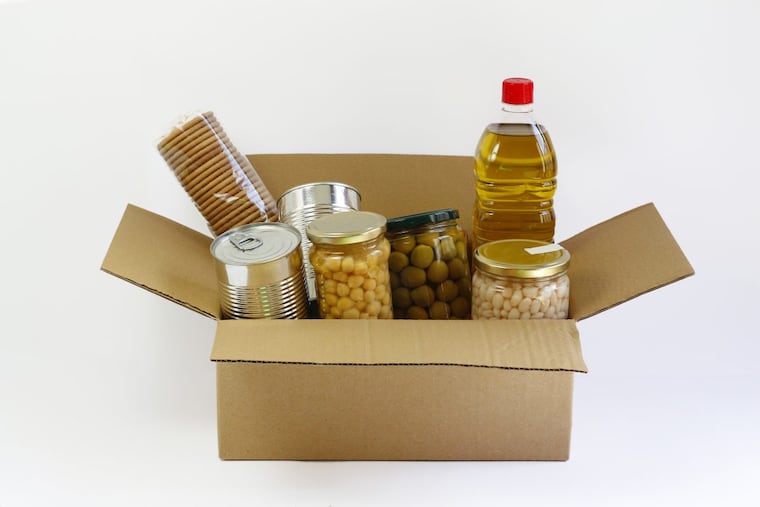Take White House Harvest Boxes off the table | Opinion
These Harvest Boxes are a truly bad idea - for SNAP participants, for farmers, for retailers, and for food banks.

Just when we thought the gap between the haves and have-nots could not get any wider, the White House is now proposing to dictate who gets to buy and eat what – depending on how much money you make.
As a part of its new, proposed budget, the administration has set its sights on the USDA's Supplemental Nutrition Assistance program called SNAP (formerly known as "food stamps") proposing to slash half of the benefits that recipients are given for food purchases.
To make up the difference, the USDA will offer a monthly box of non-perishable foods called a "Harvest Box," which would include items like powdered milk, breakfast cereal, pasta, peanut butter and canned fruit and vegetables.
Calling it a "Harvest Box" is a bit of a misnomer, though: They would have very little straight from the fields.
There is a lot to "unpack" in this box. Let's start with some of the suggested foods: Will there be limits on added sugars — especially for cereals that can be excessively high in sugar — or canned vegetables and meats which can already be high in sodium? And where are the whole grains? Nowhere to be found, it seems.
Take shelf-stable milk and peanut butter – what about people with severe peanut or dairy allergies – will each box have a "DANGER" tag on it warning of potential allergens? Will there be a system to request customized boxes for people with such sensitivities? What would you replace it with, then? And that doesn't even take cultural, ethnic or religious limitations on certain foods into account.
This is an administration that has flirted with the idea of eliminating reams of regulations imposed by USDA and FDA and, coincidentally, cut funding for food safety. Who would make sure that this food is even fit to eat? Who counts what is going into each box? This Administration is cutting – or not filling – government positions right and left – who knows what will end up in each box?
Food banks are already stretched to the max, and at smaller food pantries in rural areas that often provide food, the hours vary and the volunteers are few and far between. Neither of these places have the resources to take on distribution of "Harvest Boxes."
And what happens if your box is stolen? Do you have to prove it? How long would you have to go without half of your food?
Obviously, the questions are endless. These Harvest Boxes are a truly bad idea — for SNAP participants, for farmers, for retailers, and for food banks.
But, then again, we have seen countless examples of an administration that puts the priorities of a select few in front of the needs of a large number of Americans – especially those most in need — so we really should not be surprised. More than 45 million Americans receive SNAP benefits.
When the president unveiled his last budget framework in 2017, Congress basically ignored the draconian and misguided proposals. They would serve Americans well by also ignoring many of these SNAP proposals and instead look to ways like helping SNAP participants plan, buy and prepare healthy meals through SNAP nutrition education funding. But, alas, the White House budget zeroed out that funding too.
If Congress really wants to solve a problem, here's an idea: Take Harvest Boxes off the table and, instead, equip SNAP participants with adequate resources and information to make the most of their SNAP dollars – set them up to succeed.
Shiriki Kumanyika, is a research professor in Drexel University's Dornsife School of Public Health. Tracy Fox is president of Food, Nutrition & Policy Consultants LLC.